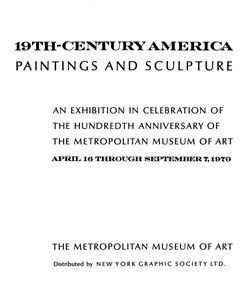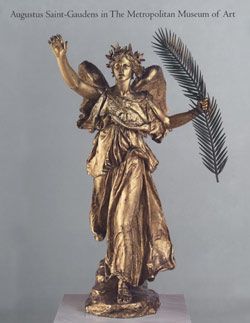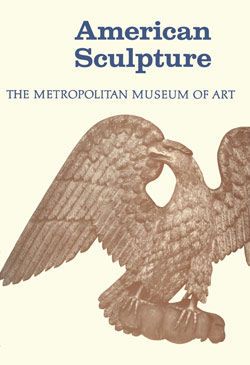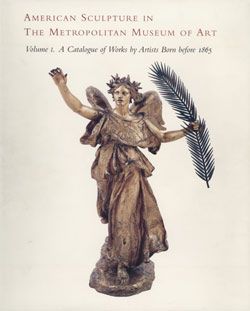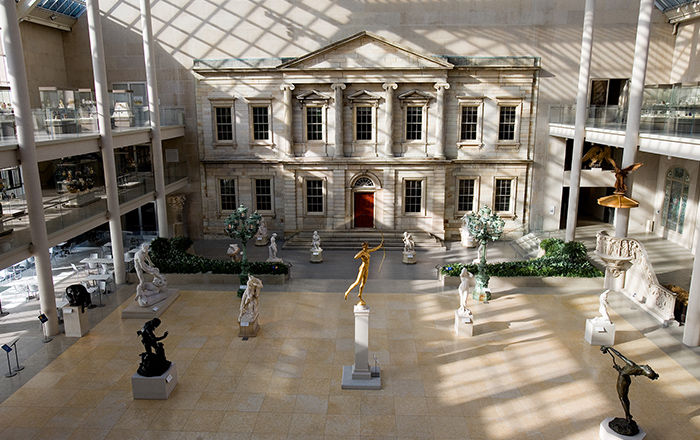The Puritan
Augustus Saint-Gaudens American
This statuette is a reduction after Saint-Gaudens’s monument to Deacon Samuel Chapin (1598-1675), which was unveiled in Springfield, Massachusetts, in 1887. As there was no record of Chapin’s appearance, Saint-Gaudens modeled an idealized settler who conveys the fortitude and upright morals associated with the White, Protestant founders of the Massachusetts Bay Colony. Eyes focused downward, the stern figure strides with a walking stick though the New England wilderness, symbolized by pine branches scattered on the base. About 1894, Saint-Gaudens resolved to make reductions after the full-size "Puritan," because of the statue's popularity and for the income he would derive. By mid-1898 bronze reductions were being cast in Paris. Located reductions, which number more than forty, reveal minor alterations to the figure. Examples vary in the angles of the hat and the walking stick and particularly in the coloration, which ranges from gold to brown to the green of the Metropolitan's cast.
This image cannot be enlarged, viewed at full screen, or downloaded.
This artwork is meant to be viewed from right to left. Scroll left to view more.




